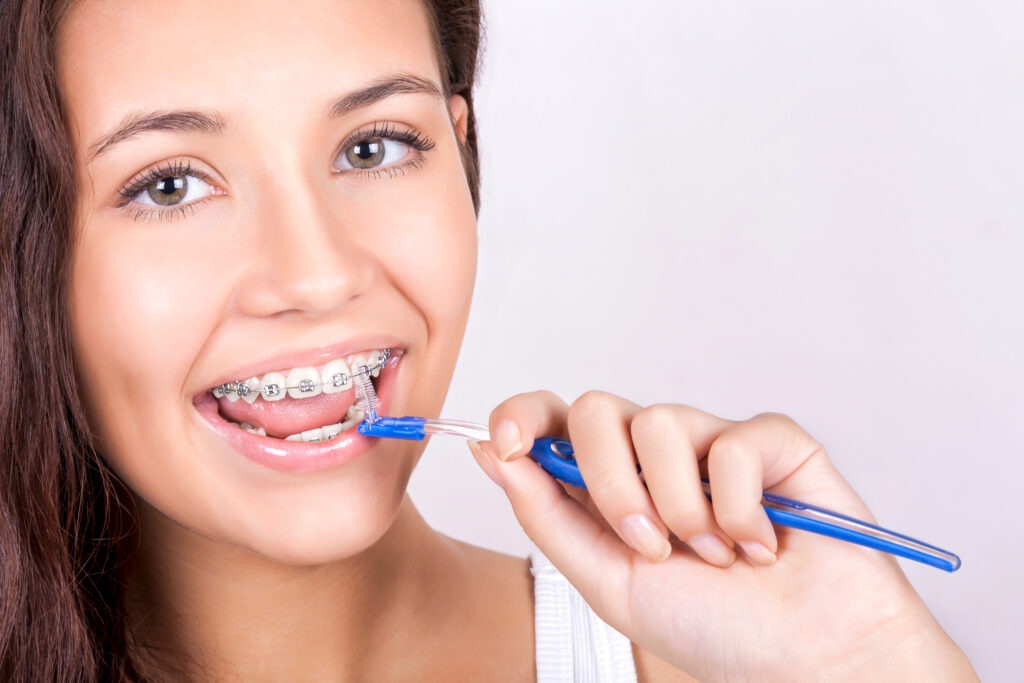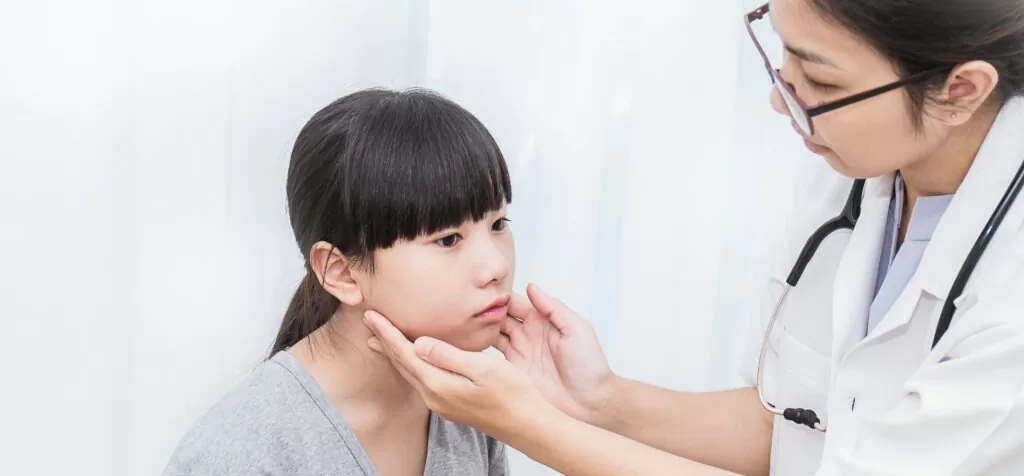
A study at the University of Wisconsin-Madison found that 93% of women with sleep apnea have not been clinically diagnosed. As drastic as these numbers are, many experts and health professionals are not surprised.
Many dentists around the nation feel that women are less likely to be diagnosed due to the stereotyped idea of the typical apnea patient. Overweight, middle-aged and male, this patient profile has been ingrained into the minds of medical professionals for years and habits can be hard to break. Another reason for the lower statistics related to diagnoses is that women often experience symptoms that are misdiagnosed as other disorders. Men most frequently present with symptoms witnessed by themselves or others of snoring and gasps or breaks in breathing. Women, on the other hand, are more likely to complain of less specific symptoms like fatigue, insomnia, headaches, depression, restless legs and lack of energy.
A 2008 review of studies published about sleep apnea determined that the number of women affected by this disease is higher than previously thought. 3-7% of men suffer from sleep apnea compared to 2-5% of women. The numbers take a twist when women reach menopause as the percentages become nearly equal in men and women. After menopause women are three times more likely to have obstructive sleep apnea than before. Pregnant women and those with polycystic ovary syndrome or endocrine disorders are also more likely to have sleep apnea.
General Risk Factors
Weight
BMI over 25
Neck Size
Women- 16 inches or more
Age
Men- young adulthood through middle age
Women- post-menopausal
Heart
High Blood Pressure (hypertension)
Inherited Traits
Family history of sleep apnea
Obesity
Recessed jaw
Diagnosis and Treatment
The most often prescribed treatment for sleep apnea is a CPAP (continuous positive airway pressure) machine which pumps pressurized oxygen into the airway. Many people dislike these machines or are actually ‘CPAP intolerant’ and are searching for alternative ways to treat their sleep apnea.
Dr. Martin Abelar DDS provides us with a step-by-step in the typical diagnosis process for his San Diego dental practice.
Step 1: Consultation and Exam
In this step, the doctor discusses the concerns a patient might have that have brought them in. He also asks questions about their symptoms and gets a family history to help uncover any details that may help in a diagnosis.
Step 2: Take Home Sleep Study
If deemed necessary, the patient will be sent home with a take home sleep study. This allows the doctor to gather data that can help him better understand how the patient is sleeping. The results of this study will be sent to a sleep physician for feedback and interpretation.
Step 3: Create Customized Oral Device
After the results of the study, if a diagnosis is made the doctor will begin to record measurements, take impressions and gather everything necessary to create a custom fitted oral device for treatment.
Step 4: Deliver Oral Device
The doctor will explain how to use the simple device and give any further instructions or advice. All questions will be answered to ensure the patient leaves the office confident in their treatment and care.
In an interview with the Wellness Show, Abelar said.
“One of the more rewarding things that we treat is sleep apnea. Sleep apnea WILL shorten your life. In most cases, an appliance can be made that holds your jaw in such a position that you get oxygen all night. Most people that come to me for sleep apnea, come to me because they don’t want to use the CPAP or they can’t.”
Getting screened for sleep apnea is the first step in improving your quality life if suffering from any of these symptoms. Treating sleep apnea has been shown to eliminate daytime sleepiness, improve psychological health, reduce the risk for cardiovascular disease, and improve symptoms of hypertension and diabetes.






